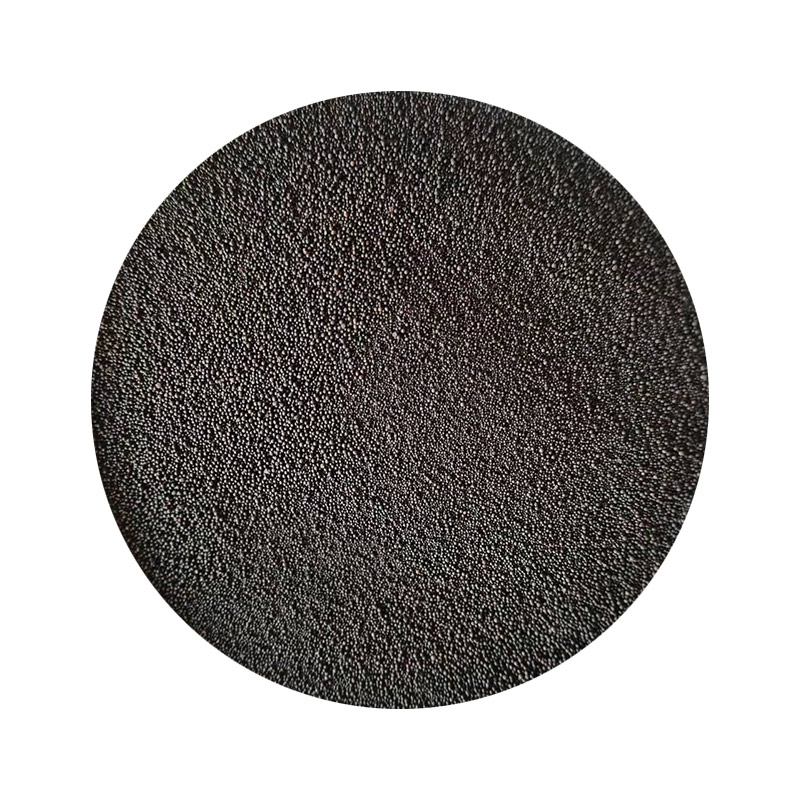Understanding Foundry Sand Definition, Types, and Applications
Foundry sand is a critical component in the metal casting industry, widely used in the production of various metal products. Defined primarily as high-quality silica sand, it serves as a crucial ingredient in casting processes, providing a mold for molten metals. This article will delve into the definition of foundry sand, its types, and its applications in diverse industries.
At its core, foundry sand is characterized by its properties, which must meet specific standards for effective use in casting. The sand should have a high silica content, typically around 90-95%, and features a distinct grain shape and size that facilitate the creation of intricate mold details. Moreover, it possesses the ability to withstand high temperatures, making it suitable for casting processes that involve molten metals at extreme conditions.
Understanding Foundry Sand Definition, Types, and Applications
Additionally, reclaimed sand is another important category. This type consists of used foundry sand that has been cleaned and processed for reuse. The reclamation process involves removing the binder materials and other contaminants, allowing the sand to be reused in new casting applications. This not only reduces the environmental impact of sand extraction but also enhances the sustainability of the foundry operations.
foundry sand definition

The main application of foundry sand lies in its use for creating molds for metal casting. When sand is mixed with binders, it forms a mold that can withstand the pouring of molten metal. The sand's fine texture allows for smooth surface finishes, which are essential for creating high-quality castings. Foundry sand is utilized in various casting methods, including sand casting, investment casting, and shell molding, covering a wide range of industries such as automotive, aerospace, and machinery manufacturing.
In the automotive industry, for instance, foundry sand is vital for the production of components like engine blocks, transmission cases, and cylinder heads. The precision and durability of castings produced using foundry sand ensure the reliability and performance of automotive parts. Similarly, the aerospace sector relies on foundry sand for manufacturing lightweight and complex parts, where precision and strength are paramount.
Furthermore, the versatility of foundry sand extends to artistic applications, where it is employed in sculpting and other creative ventures. Artists and artisans utilize the unique properties of foundry sand to create detailed sculptures and functional art pieces, showcasing its adaptability beyond industrial uses.
As environmental concerns grow, the foundry industry is increasingly seeking sustainable practices. The reclamation and recycling of foundry sand play a significant role in minimizing waste and reducing the need for new sand extraction. Many foundries have implemented closed-loop systems that allow for the continuous reuse of sand, further promoting resource conservation and environmental responsibility.
In conclusion, foundry sand is a fundamental element in the metal casting industry, characterized by its unique properties and applications. With various types available, including natural, synthetic, and reclaimed sands, it serves a wide range of industries and creative endeavors. The ongoing push for sustainability in foundry practices will likely continue to shape the future of foundry sand use, ensuring that it remains a vital resource in modern manufacturing and artistry.
Post time:marras . 10, 2024 09:17
Next:Pros and Cons of Using Sand Casting Method in Manufacturing
